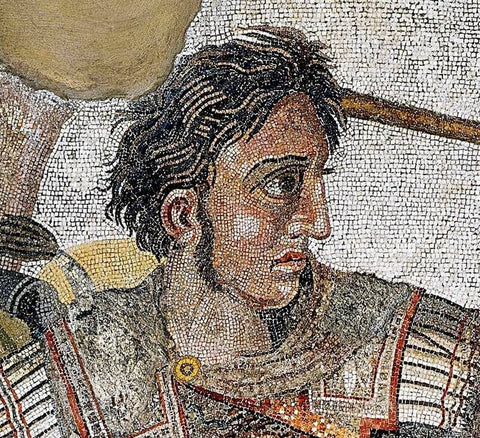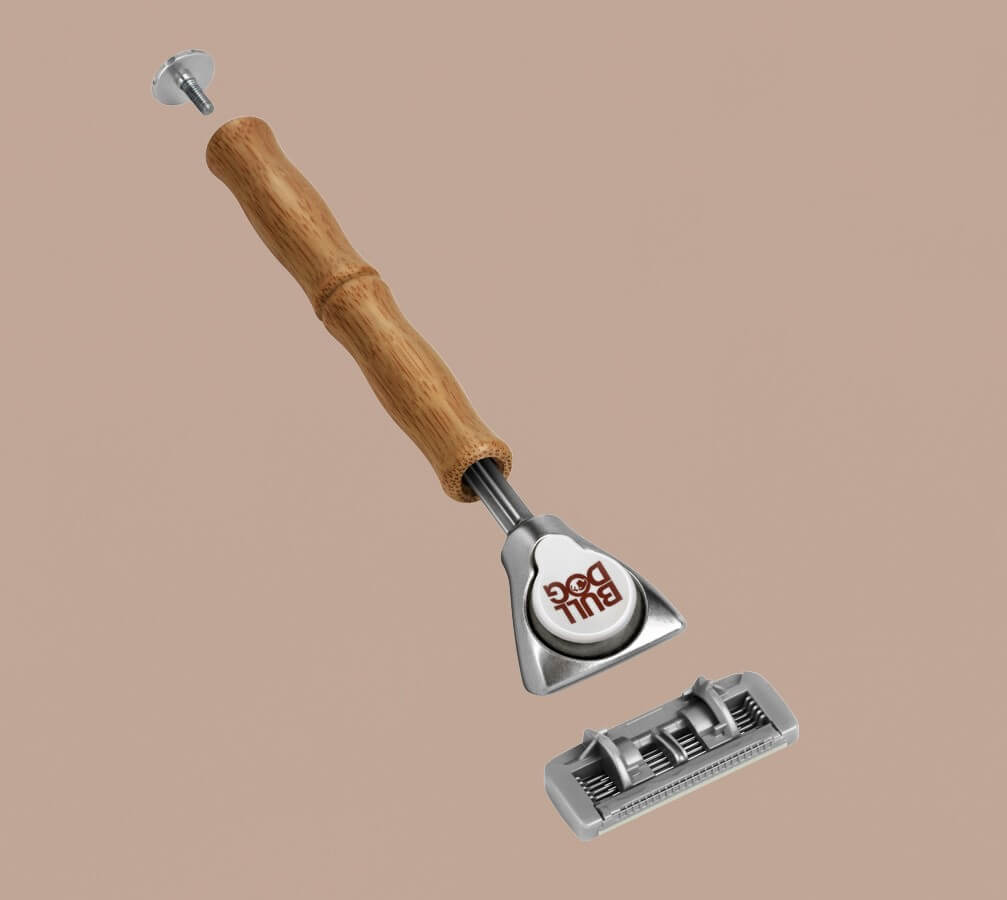When in Rome: The Ancient History of Traditional Shaving
Where did shaving originate? It might surprise you to find out just how old traditional shaving really is and how the shaving razor originated. No matter how you like to shave your face, whether you have mutton chops, a full beard, a goatee, or a moustache, there’s a history to it that makes it all the more interesting. From the ancient Romans to the modern day, find out how facial hair fashion has changed through the ages in our blog.
As with many things, shaving has gone in and out of fashion for years and years, dependent on region, religion and other societal mores. For example, Orthodox Jewish men don’t shave in accordance with Leviticus 19:27, which forbids shaving “the corners of the beard,” and Amish men will shave up until they get married, then let their beards grow for the rest of their lives.
It might surprise you to find out just how old traditional shaving really is and how the shaving razor originated. No matter how you like to shave your face, whether you have mutton chops, a full beard, a goatee, or a moustache, there’s a history to it that makes it all the more interesting.
Ready to up your grooming trivia with the history of male grooming?
Where Did Shaving Originate?
Despite our common view of our Stone Age ancestors having big, full, poorly maintained beards, they actually are the ones who started out our shaving journey. It is believed that Stone Age men started shaving 100,000 years ago by using clam shells like tweezers and pulling out their beard hair.
About 60,000 years ago, man discovered shaving, and started using sharpened obsidian and clam shells to shave their beards.
Ancient Rome
Young Roman men would celebrate their first shave with a party as a way to welcome in adulthood. The novacila was used for shaving, the pumice stone to help rub off stubble, and afterwards, massage oils and perfumes would be used to soften the skin.
Roman men took a liking to shaving with a passion, and Julius Caesar is reported to have had his beard hair plucked out with tweezers (which still sounds like a step forward from rubbing a pumice stone all over your face).

Roman barbershops, or tonsors, served as a kind of meeting place where news and gossip would be shared over a nice shave. The elite members of society had their own personal, household barber, and the richer you were, the less body hair you sported.
Beards among Romans was revived by Emperor Hadrian around 100 A.D., and facial hair has been going in and out of fashion ever since.
Ancient Egypt
Egypt is hot. Very hot. And living in that kind of heat with long hair can be particularly uncomfortable (as anyone with long hair in high summer already knows). According to Herodotus, all Egyptians, men and women, lower and upper classes, would shave their entire bodies from top to toe.
If this is the case, why don’t we see depictions of completely bald Egyptians in their art? Going completely bare-headed was considered to be a social faux pas, and of course, is not very comfortable with the desert sun beating down on your uncovered head. Having hair was still fashionable, just not very practical. So the Egyptians would craft fake wigs, and even beards, to wear.
Ancient Egyptians achieved their clean look with depilatory creams, and would then repeatedly rub their faces, heads, arms, and legs with a pumice stone to remove all hair (and you thought shaving with a dulled blade was rough!). Archaeologists have found gold and copper shaving razors in Egyptian tombs, so the elite used those as well, at least.
Ancient Greece
Take a look at Ancient Greek busts, and you’ll see that beards abound. Greeks were extremely proud of their beards and put a lot of importance on them. They would only cut their beards during mourning periods, and if you lost your beard, it was considered shameful.

That all changed when Alexander the Great came along, though. He encouraged his soldiers to cut their beards so that they couldn’t be grabbed by the enemy if it came to hand-to-hand combat. Alexander’s influence quickly made shaving more fashionable, and razor technology took a leap forward. Shaving razors were soon made out of copper or iron and looked much closer to the straight razors we know today.
Modern Times
Modern style shaving didn’t really make truly significant headway until the 1700s and 1800s. In the late 1700s, Frenchman Jean-Jacques Perret invented the world’s first safety razor (in a sense) by attaching a wood guard to a straight shaving razor. This allowed men to shave at home, when before everyone had to go to a barber whenever they wanted to get rid of their whiskers.
In 1828, the modern concept of the safety razor came into the market in Sheffield, England. In 1895 a travelling salesman came up with the idea of a disposable safety razor, and in the early 1900s with the help of William Nickerson (perhaps the best name to have in the razor industry) developed the double-edged shaving razor. This obviously made the whole shaving process much easier and saved people from having to sharpen their razor every few uses.

In the 1920s, the switch from wet shaving to dry shaving was made when Jacob Schick invented the electric razor. As more and more people got electricity in their houses, the electric razor became a more viable option, even though the price point at $25 was a little out of reach at the time.
The 1960s saw the development of the stainless steel razorblade, which remained sharper than their older counterparts. Up until then, disposable razor blades were one use only, and would rust right after their first use.
1971 saw shaving revolutionised by the first two blade razor. Nowadays it seems like every month adds a new blade, increasing comfort and decreasing skin irritation.
From pumice stones to disposable shaving razors, shaving has made extreme strides over the centuries. No matter how you like to wear your facial hair, shaving has a long and storied history, which gives you something to mull over the next time you think about whether to shave your beard or not.
Bulldog Skincare’s New Bamboo Razor
A new innovation in shaving comes in the form of our brand new bamboo razor. With a pivoting design and an aloe-lubricated strip, it is perfect for getting a close shave without irritation. What really sets our new razor apart is its environmental footprint.
Plus, our premium shaving gels ensure a smooth glide for maximum comfort and efficiency, thoughtfully created to enhance your shaving experience. Enriched with natural ingredients like aloe vera, our shaving range not only protects your skin from irritation but also keeps it moisturised and refreshed. Check out these essentials:
- Original Shave Gel: it comes in both gel and foam consistency, designed for normal and dry skin using natural origin ingredients.
- Sensitive Shave Gel: got sensitive skin? This one also comes in both gel and foam consistency, and is specifically formulated with soothing willow herb for skin that gets irritated easily.
Want to find out more? Check out our entire shave range here.

At Bulldog, we are constantly searching for ways to make a more eco-friendly world, and with a bamboo handle and un-chromed metal components, you can enjoy a guilt-free shave – even the packaging is made from fully recycled stock!






